Giuseppe Pagano was a central figure in Italian architecture of the first part of the 20th century. Along with his practice as a rationalist architect and his political engagement, which led him to leave the Fascist Party, join the Resistance, and later be deported to Mauthausen, he devoted part of his life to documenting Italian rural architecture through the lens of his Rolleiflex.
In 1936, together with Guarniero Daniel, he curated the exhibition “Architettura Rurale Italiana” for the VI Milan Triennale exhibition, where he showcased a series of his pictures of Italian rural houses presented in grids of three by four and three by two in the catalogue. He documented various rural types found in different Italian regions to support his theory that rational architecture originated from vernacular architecture. A series of pictures exhibited about rural architecture in other countries were taken by other photographers and selected by Pagano and Daniel; they illustrated how the theory could be extended to other places.
In his research, Pagano identified the origin of vernacular architecture in the haystack, which was later covered with a simple conical roof to protect it from the rain. As the necessity shifted from protecting hay to protecting humans, the archetype of the primitive hut emerged, and from it, the types of rural houses developed. Progressively, there was an evolution from the original conical form of the primitive roof due to adapting this simple form to varying environmental contexts and the availability of local materials.

The exhibition and its catalogue identify the variations and additions to the original archetype and underline how every architectural choice is directly connected to a practical need, thus revealing the functional nature of rural architecture. The chimney, the external stairs, and a progressively flatter roof all appear in response to new material necessities connected to the need for protection from the elements and the need to preserve food, while the round plan progressively evolves into a square plan.

Each type is documented with a set of square pictures taken by Pagano and sometimes associated with a simple plan or section. The grid of pictures is completed by a simple phrase describing the need that led to the evolution in the architectural solutions. Pagano’s pictures do not follow a precise protocol but describe the rural houses through a multiplicity of points of view, each time focusing on a specific aspect.

While the photographic practice lacks formal rigor and precision, Pagano’s panels at the Triennale might be seen as a precedent to Bernd and Hilla Becher’s typological exploration of industrial artifacts. This is evident in their grid organization, interest in anonymous architecture, and constant exploration of the same subject through different exemples.
Further reading: The exhibition’s catalogue











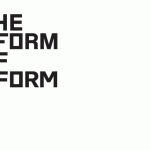
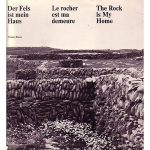
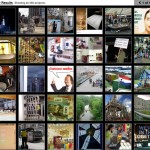
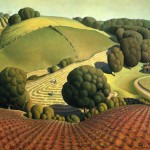
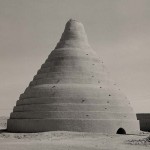
Leave a Reply